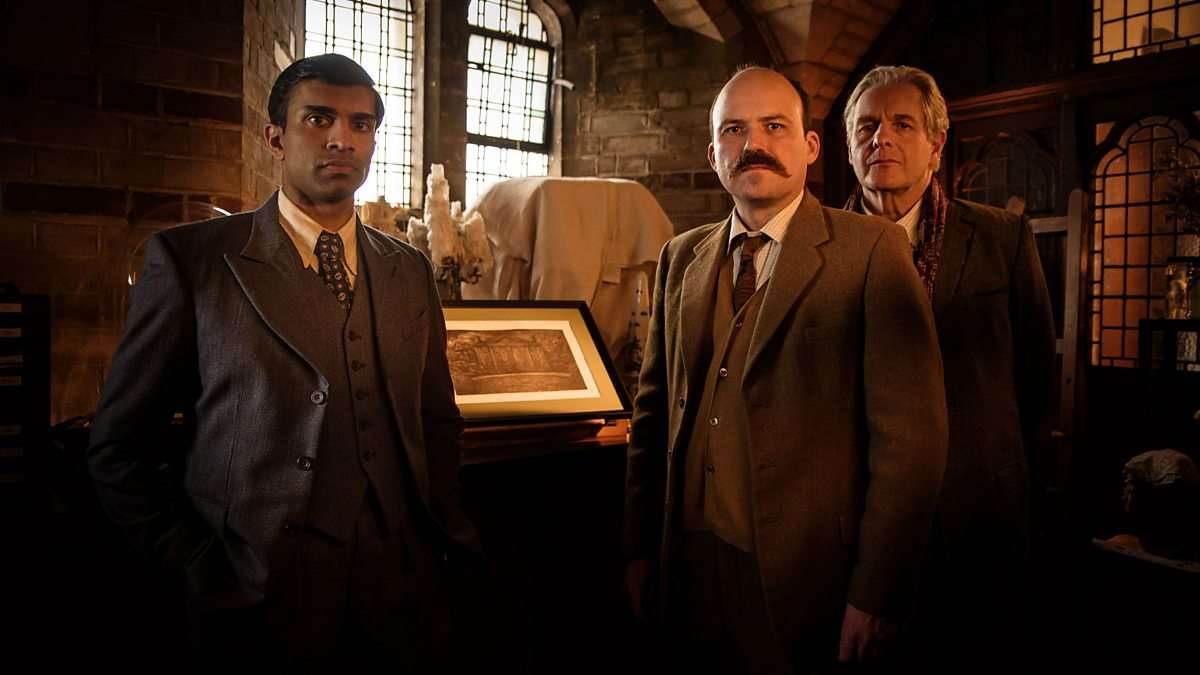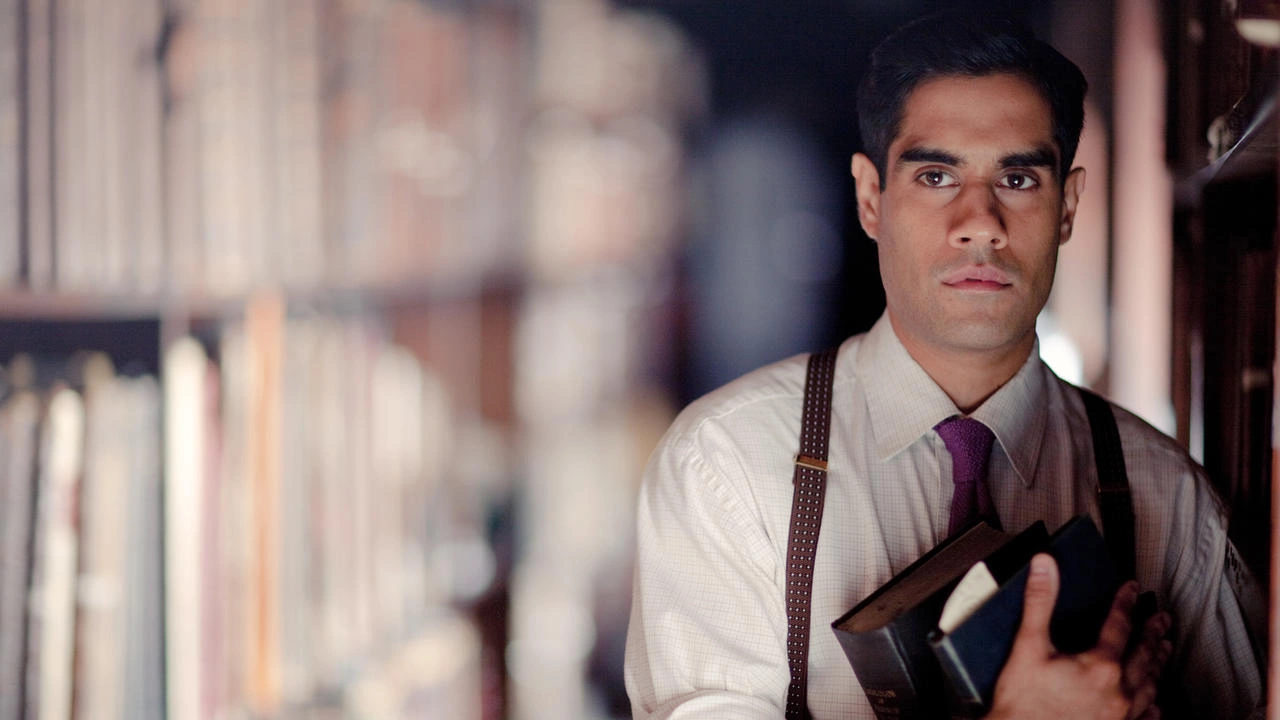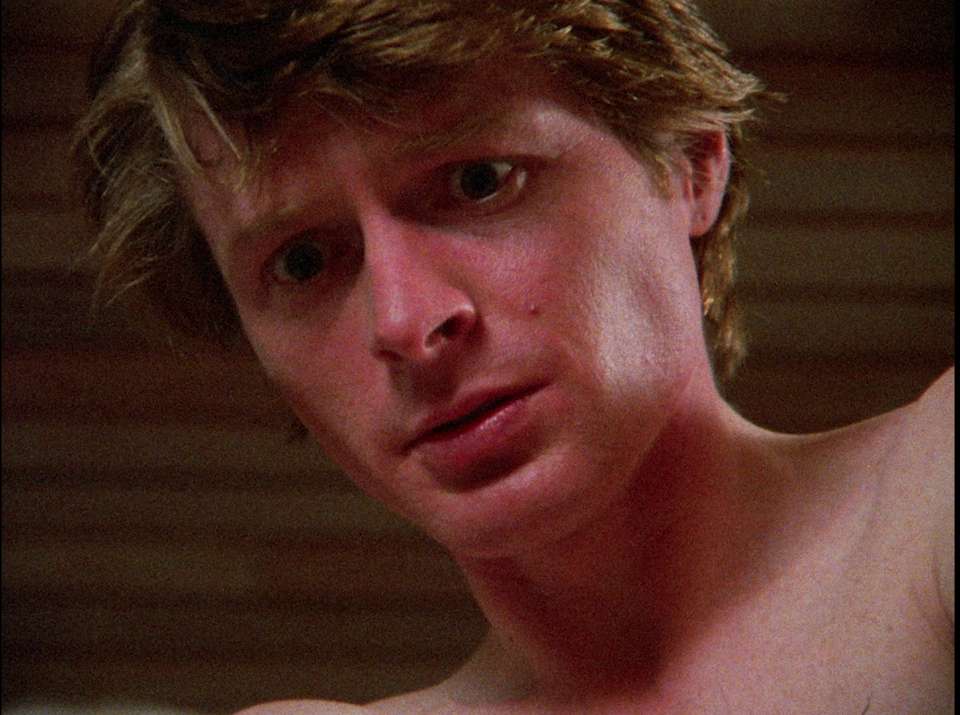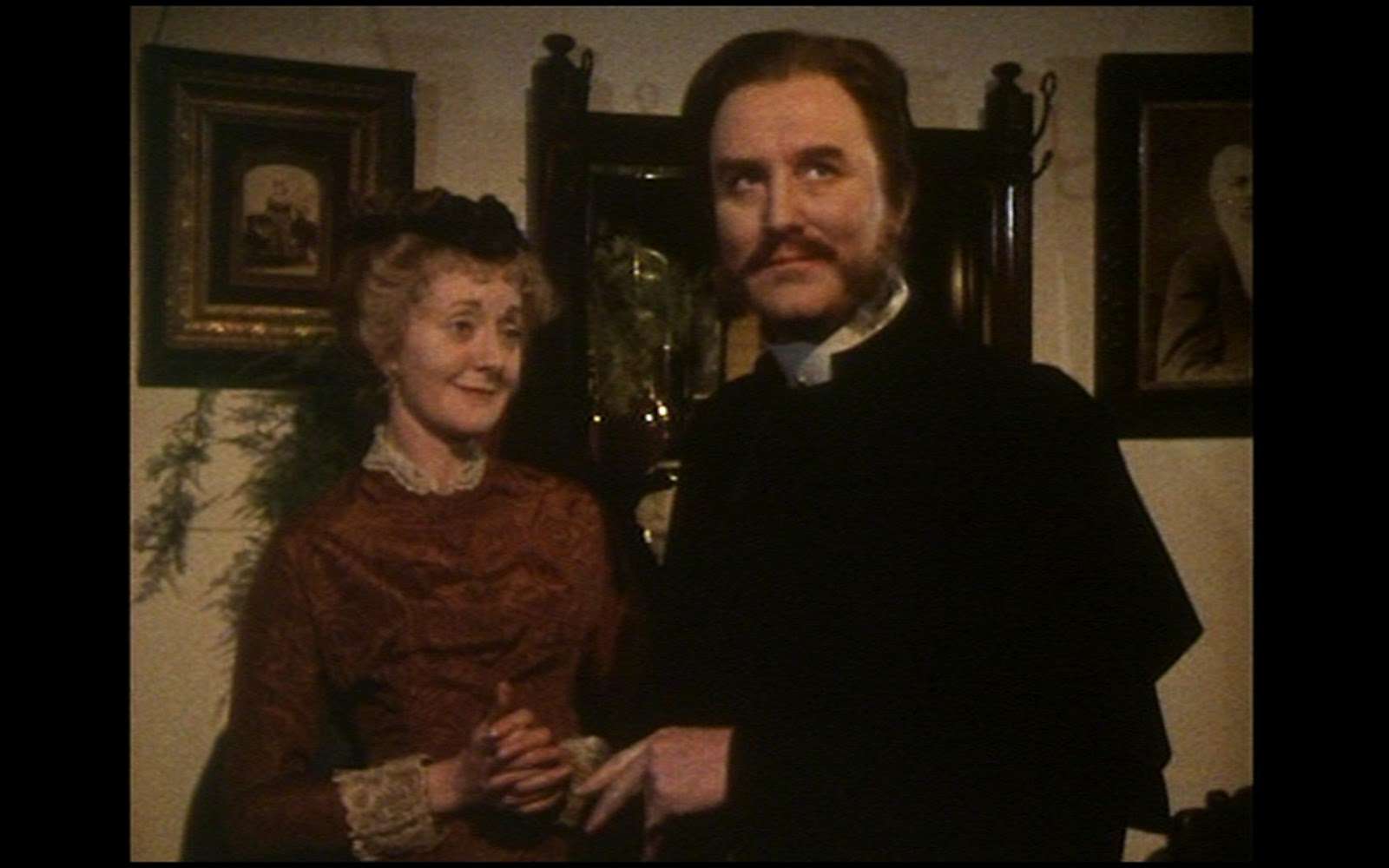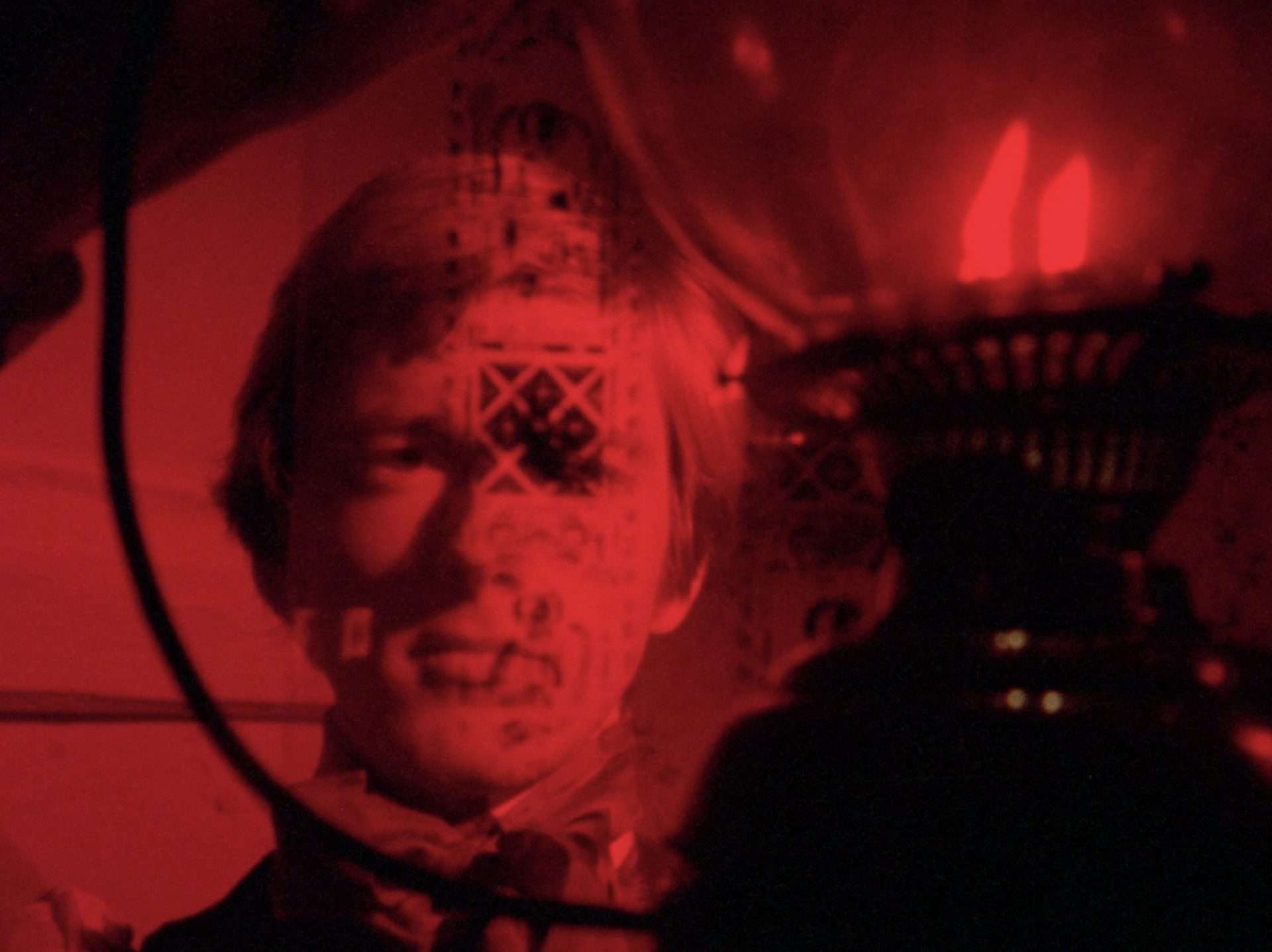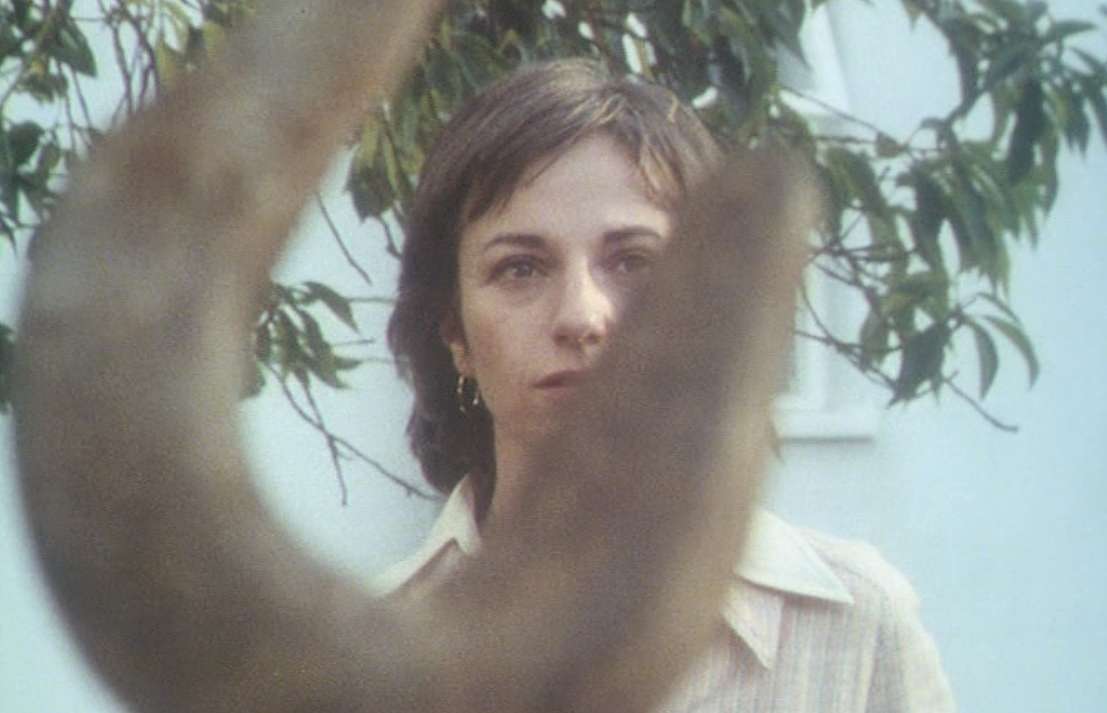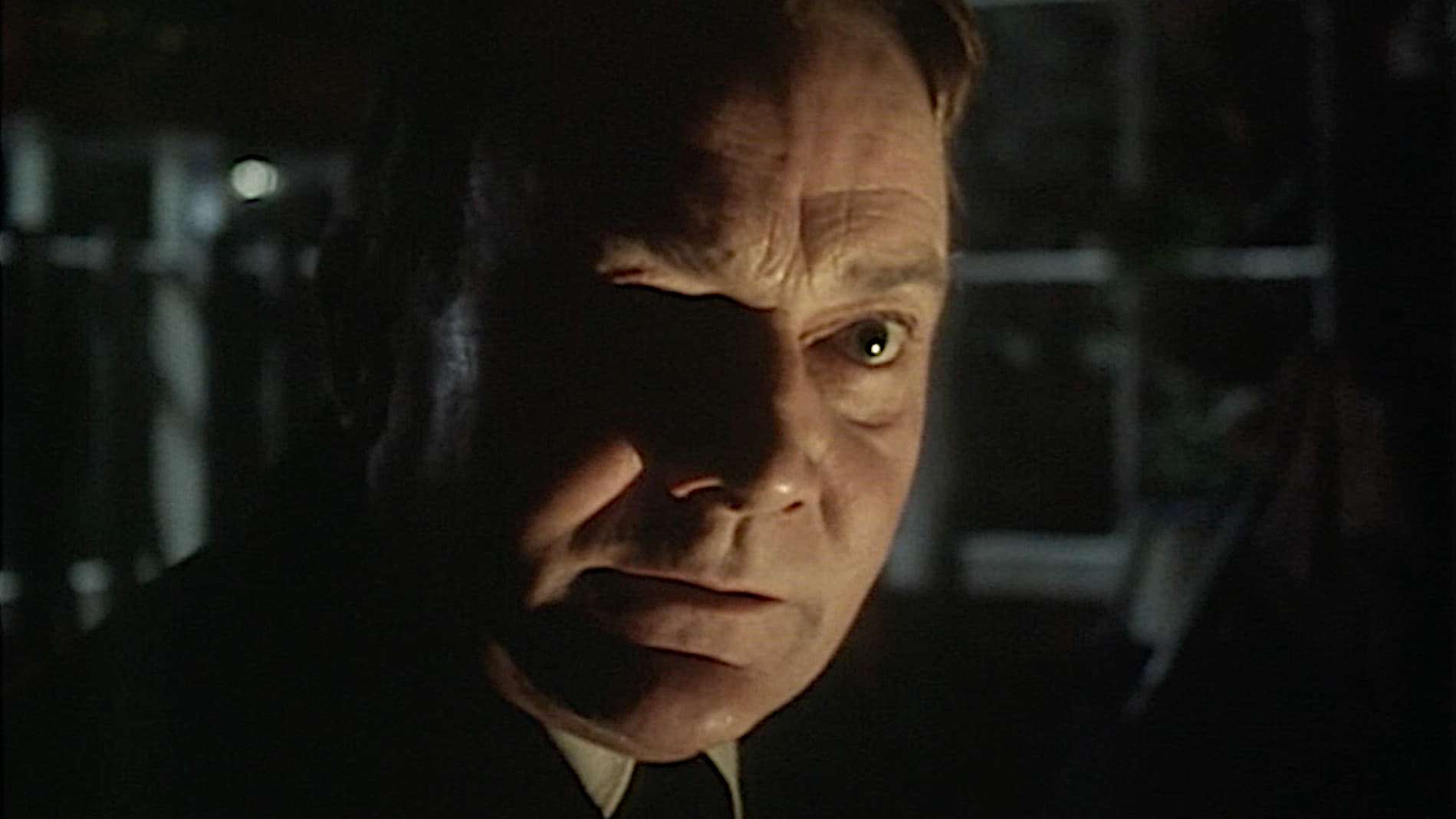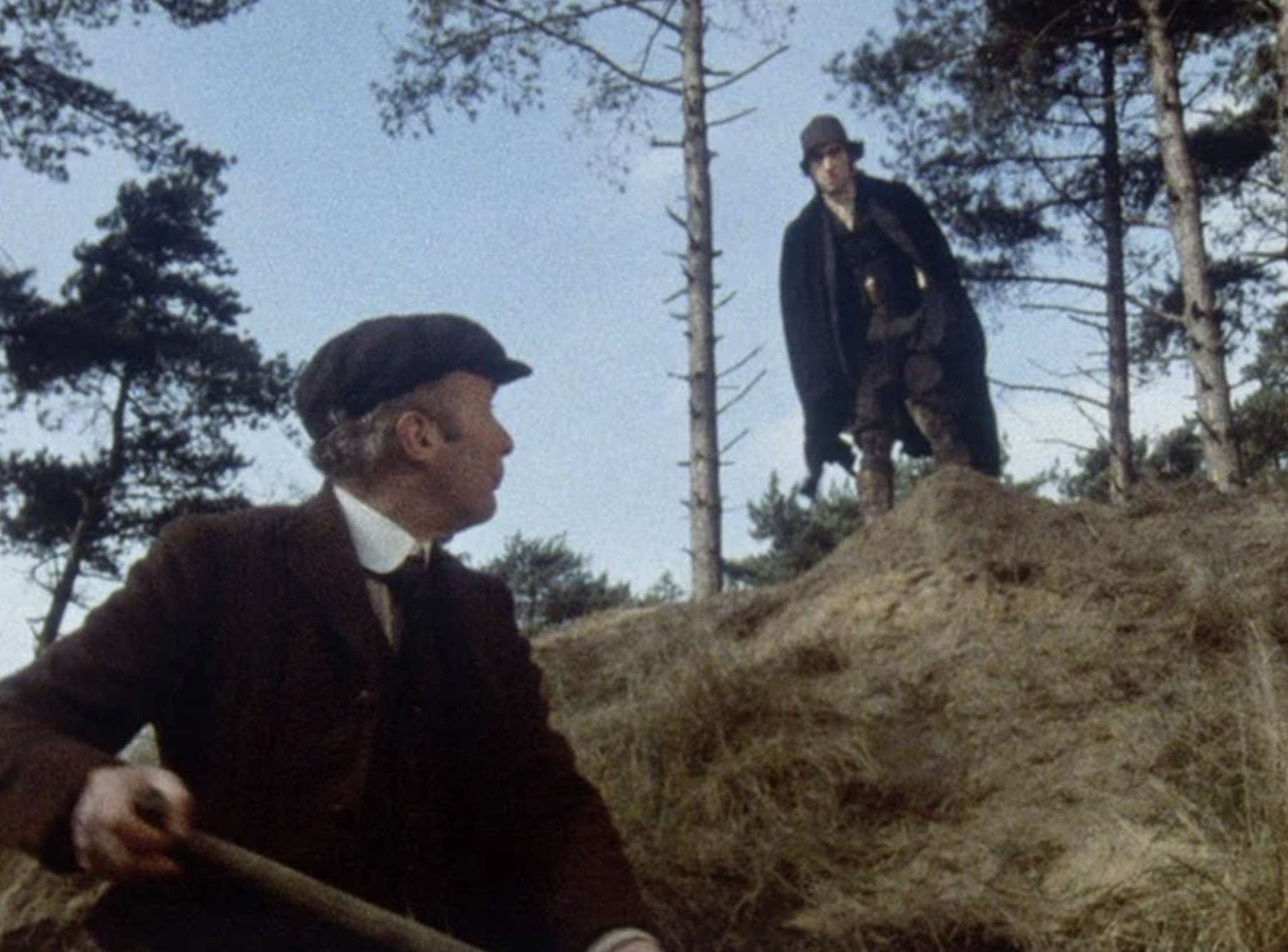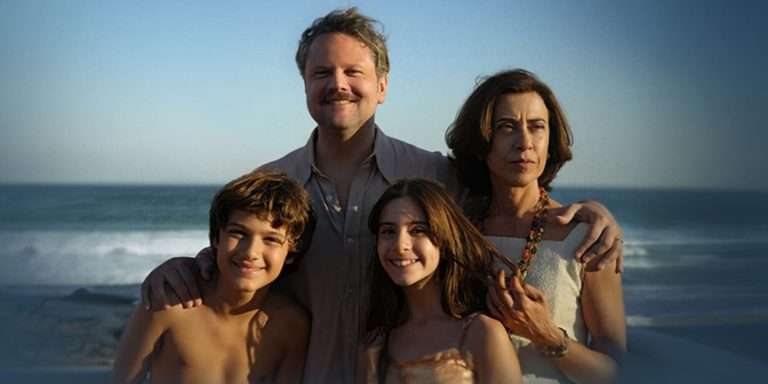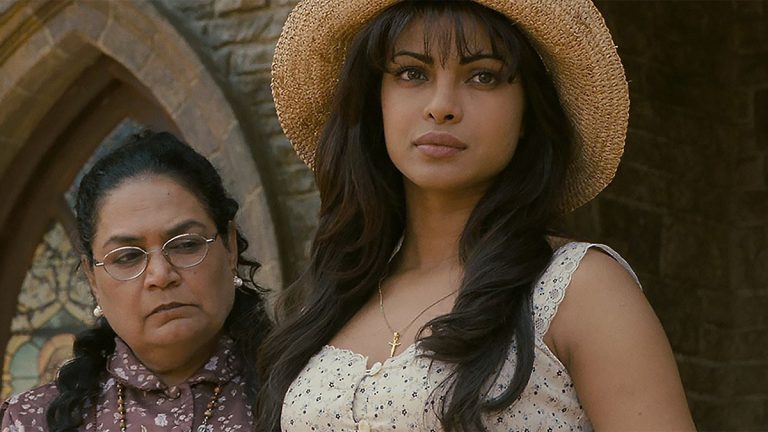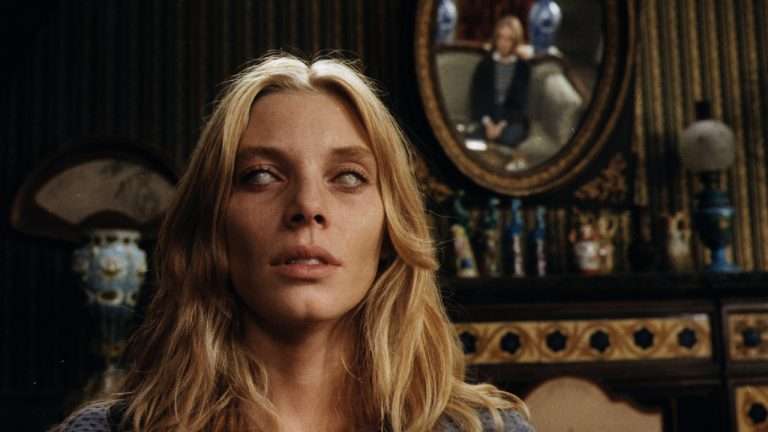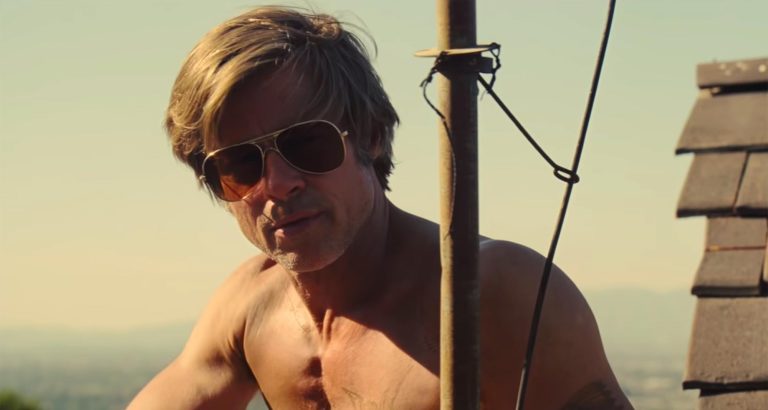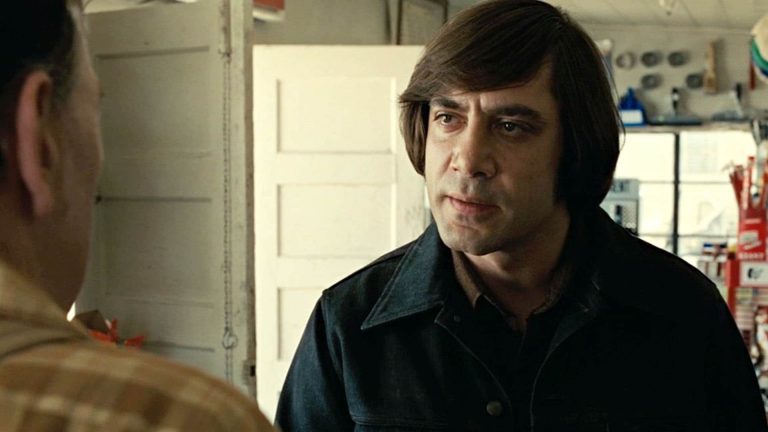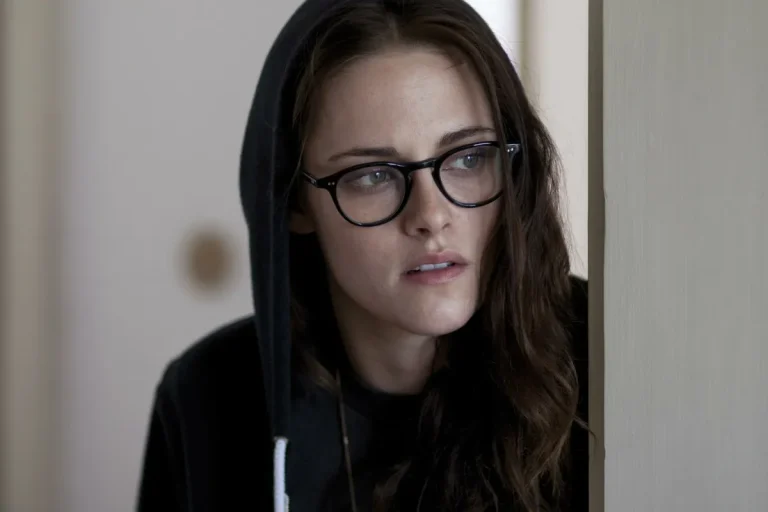The 1960s and ‘70s saw British cinema become increasingly interested in rural landscapes. Horror films, in particular, set their stories within isolated countryside settings or claustrophobic villages, environments cut off from social norms where eccentricity and moral decay can become more pronounced. This trend is perhaps best exemplified by three films commonly referred to as ‘The Unholy Trilogy’: “The Witchfinder General” (1968), “The Blood on Satan’s Claw” (1971), and “The Wicker Man” (1974). All three of these films explore the breakdown of morality in isolated rural spaces, where societal norms are distant or non-existent.
Building on the success of the BBC’s Omnibus series, which included the highly regarded “Whistle and I’ll Come to You” (1968), the BBC launched “A Ghost Story for Christmas,” an anthology series that aired a film every year between 1971 and 1978. These films, which were often adapted from M.R. James’ short stories, revived a kind of Dickensian tradition of telling supernatural tales at Christmas. Like other horror films of the period, these frequently followed characters who ventured into remote rural areas to uncover ancient artifacts or solve hidden mysteries with supernatural and haunting consequences.
The series has been rebooted twice: first (intermittently) between 2005 and 2013, and again (more consistently) from 2018. However, it is the earlier 1970s films that remain the most successful, partly because they captured and amplified the cultural zeitgeist, adding to the growing interest in the eerie and mysterious qualities of the countryside. Here is a list that breaks down the top 10 “A Ghost Story for Christmas” films.
10. The Mezzotint
(broadcast on the 24th December 2021)
Mark Gatiss took the reins of the “A Ghost Story for Christmas” series, rebooting it in 2018 and overseeing the last six installments, including the upcoming 2024 edition. A long-time fan of the original series and M.R. James (he made a documentary on the writer in 2013), Gatiss has adapted four of James’ short stories in an attempt to capture the same brooding, uncanny atmosphere that defined the original films. “The Mezzotint” stands out as one of his more successful adaptations, in large part because it draws from one of James’ most intriguing short stories that had yet to be brought to the screen.
The story follows Edward Williams (played by Rory Kinnear), a museum curator who receives a mysterious mezzotint of a country house. At first glance, the image appears seemingly innocuous and a bit boring: it is dimly lit, devoid of figures, and has a torn place tag at its base. Edward dismisses it, but the following day his attention is drawn back when his friend notes the strange depiction of moonlight and a shadowy figure in the foreground. Each day, the image subtly changes, and the figure is seen crawling across the lawn, revealing a frightening spectral presence. As Edward delves deeper into the mezzotint’s history, he uncovers a link between the mezzotint and an old family mystery involving his great-grandfather, soon realizing he may be in danger from whatever haunts the picture.
While the story is compelling in its use of mystery with the family puzzle at its heart, it lacks some of the eerie atmosphere and unsettling locations that characterized the original series. The focus on the object itself – rather than the search for it – distinguishes “The Mezzotint” from other James adaptations, yet it falters, as other rebooted versions have, with overdramatic performances and locations that feel overly steeped in period detail. Nevertheless, the simplicity of the original material and its focus on more psychological elements help make this an effective, if restrained, ghost story.
9. The Tractate Middoth
(broadcast on the 25th December 2013)
“The Tractate Middoth” marked Mark Gatiss’ first foray into the “A Ghost Story for Christmas” series before he took full creative control in 2018, and it remains one of his most successful contributions. The film follows William Garrett, a bookish library assistant who becomes entangled in a family dispute after being approached by the enigmatic clergyman, John Eldred, regarding an ancient manuscript that hides scary supernatural secrets.
The antiquarian setting recalls other notable “A Ghost Story for Christmas” locations, such as the eerie cathedral in “The Stalls of Barchester” (1971) and the mysterious church in “The Treasure of Abbot Thomas” (1974). The central manuscript, also, has an evocation of films like “Night of the Demon” (1957), where books and texts are used to summon supernatural forces. However, like “The Mezzotint,” the film sometimes becomes bogged down by excessive period detail, which can detract from its overall sense of suspense and it lacks the psychological unease that is reflected in the isolation of landscapes featured in earlier films in the series.
While “The Tractate Middoth” is one of the more engaging entries in the rebooted series, it still fails to fully recapture the eerie magic of the original 1970s films. Nor does it offer a radically new approach that might distinguish it from its predecessors, leaving it in a kind of middle ground between homage and innovation, something that has haunted the full reboot effort to date.
8. Lost Hearts
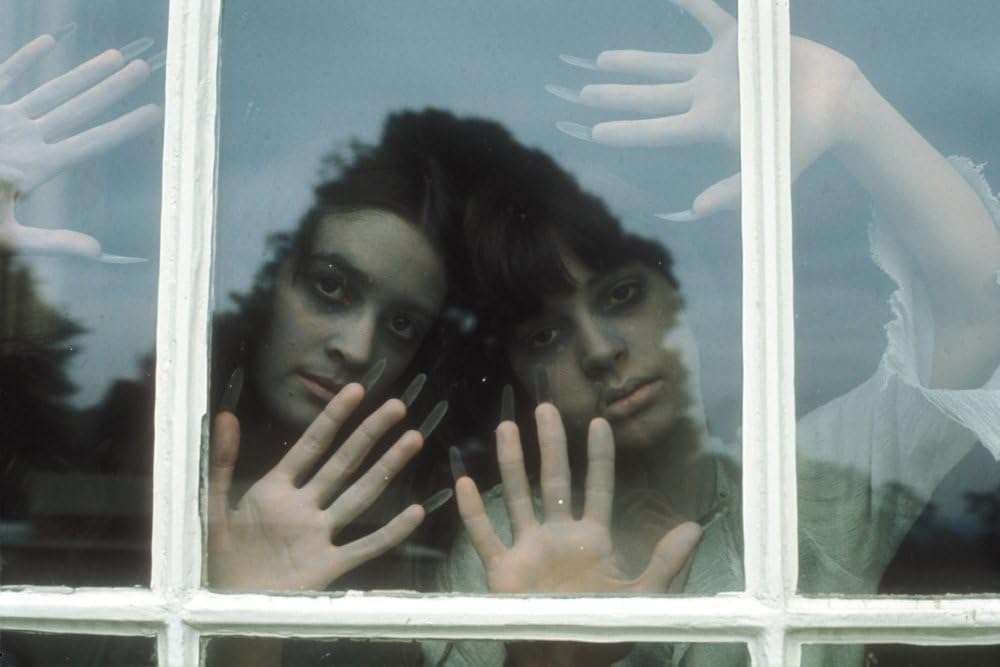
(broadcast on the 25th December 1973)
“Lost Hearts” is the first entry in this list from the original “A Ghost Story for Christmas” series, directed by series’ creator, Lawrence Gordon Clark, who helmed all but the final installment. Like the previous films on the list, “Lost Hearts” is adapted from an M.R. James short story and was the first to be broadcast on Christmas Day, much like “The Tractate Middoth.” The story follows Stephen Elliott, a young orphan sent to live with his much older cousin, the scholarly Mr. Abney, at the remote country mansion of Aswarby Hall. Mr. Abney (played by Joseph O’Connor) is a reclusive alchemist obsessed with achieving immortality, and his dark experiments seem connected to two ghostly figures: an Italian boy and a young gypsy girl who haunt both Stephen and the grounds of the mansion.
The ghosts – or visions – are introduced early in the film, offering a departure from the more gradual reveal of the supernatural in other entries. The film relies on the mystery of their presence, rather than on the act of conjuring the supernatural, and the ghosts themselves serve as eerie warnings, echoing themes seen later in “The Signalman” (1976). The film features a pervasive mist that blankets the mansion and its surroundings, enhancing the unsettling atmosphere, and creating a sense that the setting is both shrouded in mystery and heavy with dread.
“Lost Hearts” is the only entry in the series to center around children, which adds an element of innocence to the narrative, while the horror is portrayed through the mystery of what is insinuated rather than what is shown. The story’s focus on the victims of an adult’s dark obsession deepens its sense of unease, as we witness the tragic consequences of a child’s exposure to the horrors of a world driven by adult desires.
7. The Ash Tree
(broadcast on the 23rd December 1975)
“The Ash Tree” was the final “A Ghost Story for Christmas” adaptation of an M.R. James short story until the broadcast of “A View from a Hill” in 2005. Again directed by Lawrence Gordon Clark, this installment was written by playwright David Rudkin, who had recently gained recognition for his work on “Penda’s Fen” (1974) for the BBC’s “Play for Today” anthology. Like “Penda’s Fen,” “The Ash Tree” explores the themes of the past’s persistent influence on the present and the eerie, often haunting, ways in which history leaves its mark on the landscape.
Set in 1735, the story follows Sir Richard (played by Edward Petheridge), who inherits his family estate from his childless uncle. During the night, Sir Richard begins experiencing unsettling visions of his ancestor, Sir Matthew (also played by Petheridge), who played a key role in the witch trial of Ann Mothersole (Barbara Ewing). The grave of Ann Mothersole is located near the estate grounds, and Sir Richard dismisses its significance, declaring that “the dead are dead.” Meanwhile, strange noises emanate from a nearby ash tree – visible from his bedroom window – suggesting that the past is far from forgotten, and is deeply connected to the unsettling events in his nightmares.
Of all the “A Ghost Story for Christmas” films, “The Ash Tree” perhaps embodies the series’ most defining tropes: a countryside manor house, a dark family secret, the unearthing of an ominous object, and a haunting that manifests through visions and eerie sounds. Sir Richard’s desire to cut down the ash tree is a key plot point, echoing a later ghost story, “Stigma” (1977), in which an attempt to remove a standing stone becomes the source of a supernatural power. The film also incorporates cross-cutting between timelines, recalling the narrative structure of another “Play for Today,” John Mackenzie’s “Red Shift” (1978), where temporal boundaries blur and different time periods are interwoven. Most importantly, however, the setting of “The Ash Tree” recalls Michael Reeves’ “The Witchfinder General” (1968), further expanding the genre of the ghost story into new territories of historical and time-bending horror.
6. The Ice House
(broadcast on the 25th December 1978)
“The Ice House” was the first “A Ghost Story for Christmas” entry not directed by Lawrence Gordon Clark (directed by Derek Lister instead) and, after “Stigma,” the second to be based on original source material. This shift in approach reportedly frustrated Clark so much that he decided to step down from directing the series altogether, marking the end of the original run – a decision that was perhaps a tad premature.
The film follows Paul (John Stride), a recently divorced man who has moved to an expensive health spa located in the countryside. The spa is run by two peculiar siblings, is strangely devoid of families and children, and the staff and older residents have a “touch of the cools” despite the warmth and comfort of the house. Much like the ominous tree in “The Ash Tree,” Paul begins to hear strange noises outside his window, which he dismisses as “just country noises,” yet they continue to unsettle him. Much like a plot from a John Wyndham novel, Paul becomes fixated on a peculiar flower growing on the spa’s ice house, which bears an uncanny resemblance to the siblings who run the place. The ice house then becomes the focal point of Paul’s obsession as he begins to unravel its eerie mystery and the strange atmosphere of the spa itself.
“The Ice House” is an unusual tale that evokes elements of Edgar Allan Poe’s “The Fall of the House of Usher” while the film’s claustrophobia and manor setting is perhaps more evocative of José Larraz’s “Symptoms” (1974) than the other ghost stories from the series. Like “Symptoms,” the spa’s maze-like layout of the house and gardens, perfectly manicured and idyllic, is used to mirror the protagonist’s unraveling psyche, with the claustrophobic setting heightening the film’s psychological intensity.
Initially not well-received due to its subtle approach to the supernatural, “The Ice House” remains one of the most daring and inventive entries in the series, pushing the boundaries of the genre. It introduced something new to “A Ghost Story for Christmas,” offering a psychological horror narrative that had rarely been seen in the series – and has seldom been matched since.
5. The Stalls of Barchester
(broadcast on the 24th December 1971)
“The Stalls of Barchester” was the first entry in the “A Ghost Story for Christmas series,” broadcast in 1971. It is one of the few installments in the anthology to follow the M.R. Jamesian approach of telling the ghost story through a secondary perspective – much like his short stories, where the events are often relayed by a narrator recounting what happened to someone else. In “The Stalls of Barchester,” Clive Swift’s Dr. Black is tasked with sorting through the assets of the Cathedral’s library, only to uncover the papers of the late Archdeacon, who had schemed to secure his position through murder, here establishing the story-within-a-story structure.
The church bells, the antiquarian setting, and the soft mustiness of the imagery set up key tropes that would come to define the series’ original run. Running at 45 minutes, “The Stalls of Barchester” takes its time to build tension, weaving a slow-burn mystery, allowing the supernatural to pack a greater punch. The Cathedral’s secrets, the eerie wooden choir stalls, and a connection to a local tree (once again, the landscape plays a key role as a haunting device) create a vivid, atmospheric backdrop for this compelling installment. Though it was the first of the series, it remains one of the best. “The Stalls of Barchester” set the standard for the entries that followed and helped shape the template for what a ghost story film would come to be understood as.
4. The Treasure of Abbot Thomas
(broadcast on the 23rd December 1974)
“The Treasure of Abbott Thomas” was the first “A Ghost Story for Christmas” entry written by John Bowen, who would later pen “The Ice House.” Similar in tone to “The Stalls of Barchester,” the film makes exceptional use of Wells Cathedral, with its labyrinthine corridors and dark corners playing a crucial role in establishing an atmosphere of unease, much like the eerie settings in “The Tractate Middoth” or “Whistle and I’ll Come to You.”
The film follows medieval scholar Rev. Justin Somerton (Michael Bryant) and his protege Peter, Lord Dattering (Paul Lavers) as they embark on a cryptic hunt for treasure, which Somerton believes is hidden beneath the grounds of an ancient monastery. After discovering a clue within the local church’s stained-glass windows – a scene that unravels with a particular sense of mystery – Somerton sets out to unearth the gold, only to uncover its horrific secrets.
One particularly memorable scene – added by Bowen as a departure from the source text – sees Somerton expose two mediums as frauds, firmly establishing him as a man of learned history and reason. Like many protagonists in “A Ghost Story for Christmas,” Somerton is a rational figure when it comes to the supernatural, but this scene uniquely dramatizes his skepticism, setting it apart from others in the series. The relationship between Somerton and his young protege adds a sense of collaboration and shared discovery, marking a departure from the typical isolation and claustrophobia seen in other entries, instead creating a compelling ghost story where clues are solved and secrets are uncovered. One standout scene, involving a black gloop, remains one of the best moments of the entire series.
3. Stigma
(broadcast on the 28th December 1977)
“Stigma” was the first entry in the series to be adapted from the original source material, written by Clive Exton, and was the last to be directed by Lawrence Gordon Clark. The film follows Katherine (Kate Binchy) and Peter (Peter Bowles), a couple who have recently moved into a rural cottage amongst the stone circle at Avebury. When they attempt to remove one of the stones from their back garden, they inadvertently unleash a supernatural force that begins to inflict Katherine with strange, bloody wounds and distorts her perception of reality.
“Stigma” is perhaps most akin to other folk horror films of the period, where its idyllic rural setting is ultimately disrupted by outsiders. The presence of standing stones, too, evokes sequences from films like “The Wicker Man” and other works concerned with neolithic monuments as sites that can conjure the supernatural. Avebury itself had also been used in the children’s TV show “Children of the Stones” that screened on ITV earlier that same year. The stone circle’s proximity to the cottage – visible from its windows – creates a feeling of confinement, too, enhancing the sense of being cut off from the rational outside world and reinforcing the idea that the countryside is a place steeped in occult forces and superstition.
Though it was not well-regarded upon its release, “Stigma” stands out for its unique blend of landscape, psychological disintegration, and body horror, offering some of the most vivid imagery in the series. By eschewing traditional ghosts or supernatural entities, “Stigma” differentiates itself from the rest of the series and presents a grounded, visceral sense of horror that makes the body horror all the more effective and, ultimately, marks itself as one of the series’ finest entries.
2. The Signalman
(broadcast on the 22nd December 1976)
“The Signalman” was the first “A Ghost Story for Christmas” entry not adapted from an M.R. James story, instead choosing to adapt Charles Dickens’ “The Signal-Man” (1866). It is also the last of the original series to adapt pre-existing material before the shift towards original stories with “Stigma” and “The Ice House.”
Much like Dickens’ more famous Christmas ghost story, “A Christmas Carol” (1843), “The Signalman” explores themes of foreshadowing and spectral warnings. The titular character, the Signalman (Denholm Elliott), is met by a Traveller (Bernard Lloyd) who has wandered across rocky terrain to find him stationed near a railway tunnel. The Signalman is visibly unsettled, hearing strange whistles coming from the tunnel entrance – sounds the Traveller cannot hear. He explains that he is being haunted by an apparition that only seems to appear near the tunnel before a tragedy occurs on the tracks, though he is too afraid to report anything to the authorities for fear of losing his job. The Traveller reassures him, but later, he too is plagued by unsettling visions.
The story-within-a-story structure is effectively used, here, with the narrative playing out in real-time, immersing the viewer in the Signalman’s increasingly fraught situation. The single location heightens the sense of claustrophobia, and the interaction between the two characters serves as a compelling narrative device. Denholm Elliott’s portrayal of the Signalman is a masterclass in building dread and there is an almost palpable sense that something is lurking just out of frame. The Traveller, as a rational figure from the outside world, brilliantly contrasts the creeping terror, only for the story to twist and undermine his own sense of reason as it progresses.
One of the finest entries in the “A Ghost Story for Christmas” series, “The Signalman” excels in its use of storytelling as a narrative device. Its misty, isolated rural setting enhances the sense of unease, while the gradual revelation of hidden truths deepens the tension. The ghost itself, with its hauntingly Dickensian appearance, stands as one of the most memorable and menacing of the series – seemingly innocuous yet chilling in its presence.
1. A Warning to the Curious
(broadcast on the 24th December 1972)
“A Warning to the Curious” was the second installment in the “A Ghost Story for Christmas” series and remains arguably its finest. It was also the last of the original run to be broadcast on Christmas Eve, until the series’ lackluster 2010 remake of “Whistle and I’ll Come to You.” At 50 minutes, it holds the distinction of being the longest entry in the anthology, giving it a narrative depth that some of the other films – especially the newer reboots – perhaps lack.
Peter Vaughan stars as Paxton, an amateur archaeologist who travels from London to the north Norfolk coast in search of one of the three legendary crowns of East Anglia. Learning that the crown had been protected by the Ager family – specifically William Ager, the last member of the family – Paxton ventures into the eerie Holkham Wood. There, he discovers the crown buried in a dune, only to be pursued by its supernatural guardian: the ghostly figure of William Ager, who materializes as a shadowy, elusive apparition against the bleak coastline, muttering the chilling warning, “No diggin’ ‘ere,” before violently clubbing those who dare to dig.
The film’s use of the Norfolk coast – expansive and barren – perfectly captures the unease of coastal thresholds. The landscape, as a liminal space that is epitomized by hazy horizons and foggy woodlands, becomes an ideal setting for strange apparitions and the questioning of one’s sanity. While “A Warning to the Curious” adheres to certain “A Ghost Story for Christmas” tropes, such as the search for a hidden object and a local mystery steeped in folklore, its setting helps elevate its narrative. One particular sequence sees Paxton visit Ager’s grave, framed by the hauntingly Gothic St. Mary’s Church in Happisburgh, a location that sets the tone for the story’s eerie atmosphere.
What truly sets this entry apart, however, is Vaughan’s portrayal of Paxton, whose growing bewilderment and desperation intensify the horror; the faintest rustle in the woods or a fleeting shadow on the horizon is enough to push him to the edge of madness. Clive Swift also makes a brilliant return as Dr. Black, contributing to the unsettling, interconnected universe of the series. “A Warning to the Curious” stands as a masterful entry in the “A Ghost Story for Christmas” tradition, and it is a Christmas tradition that I’m grateful continues to this day.
Read More: The 10 Best Christmas Movies For Horror Fans

